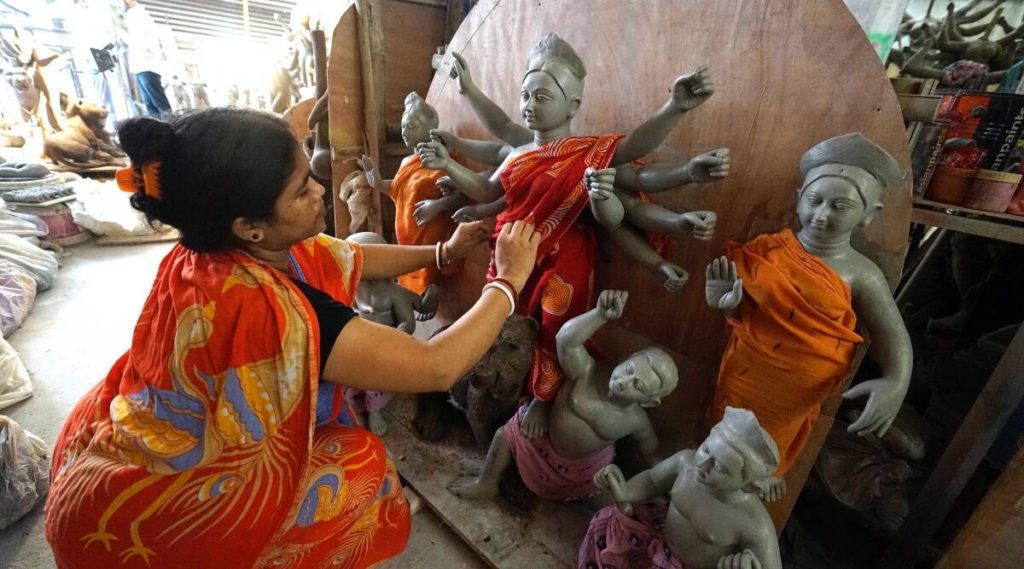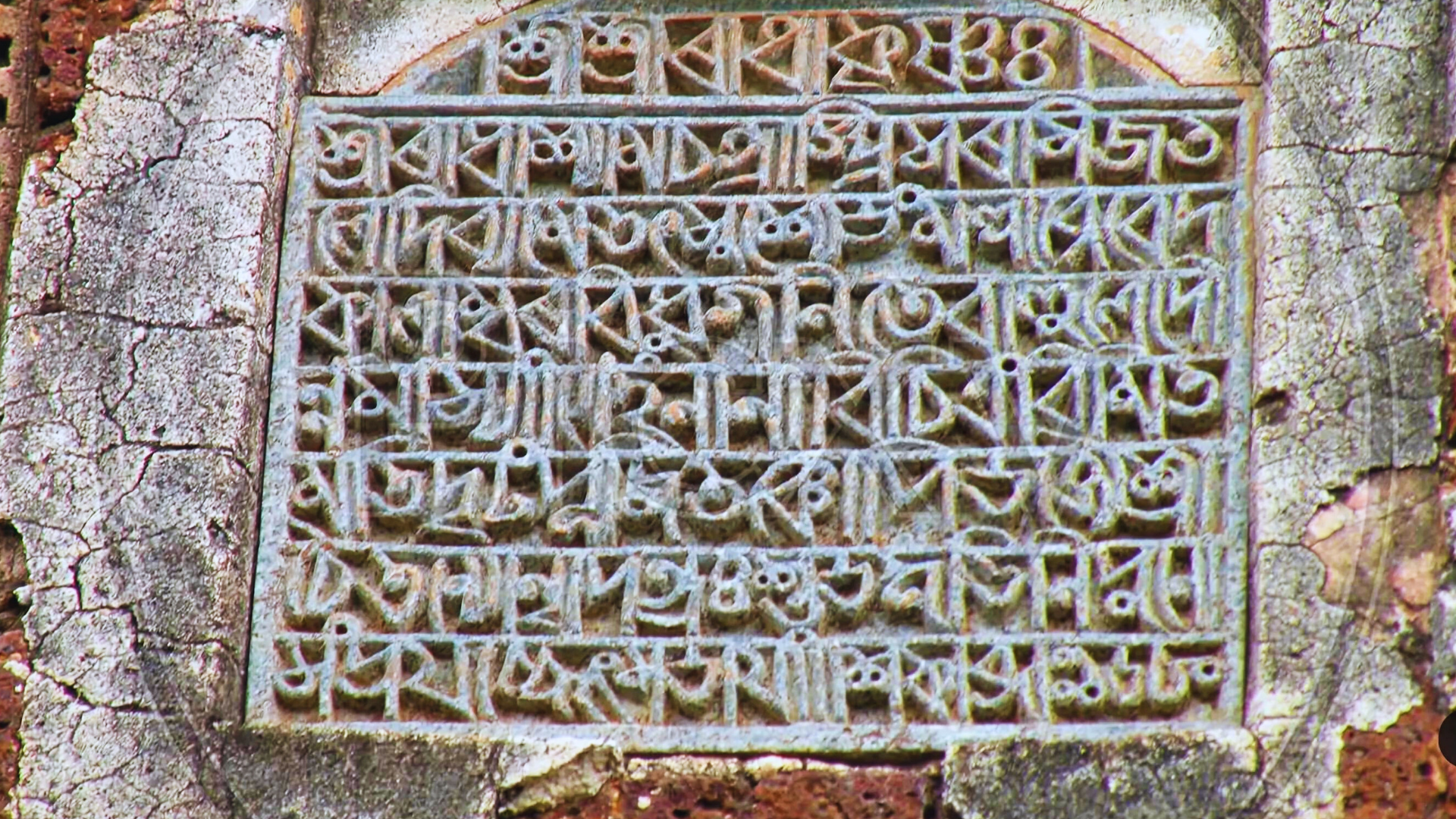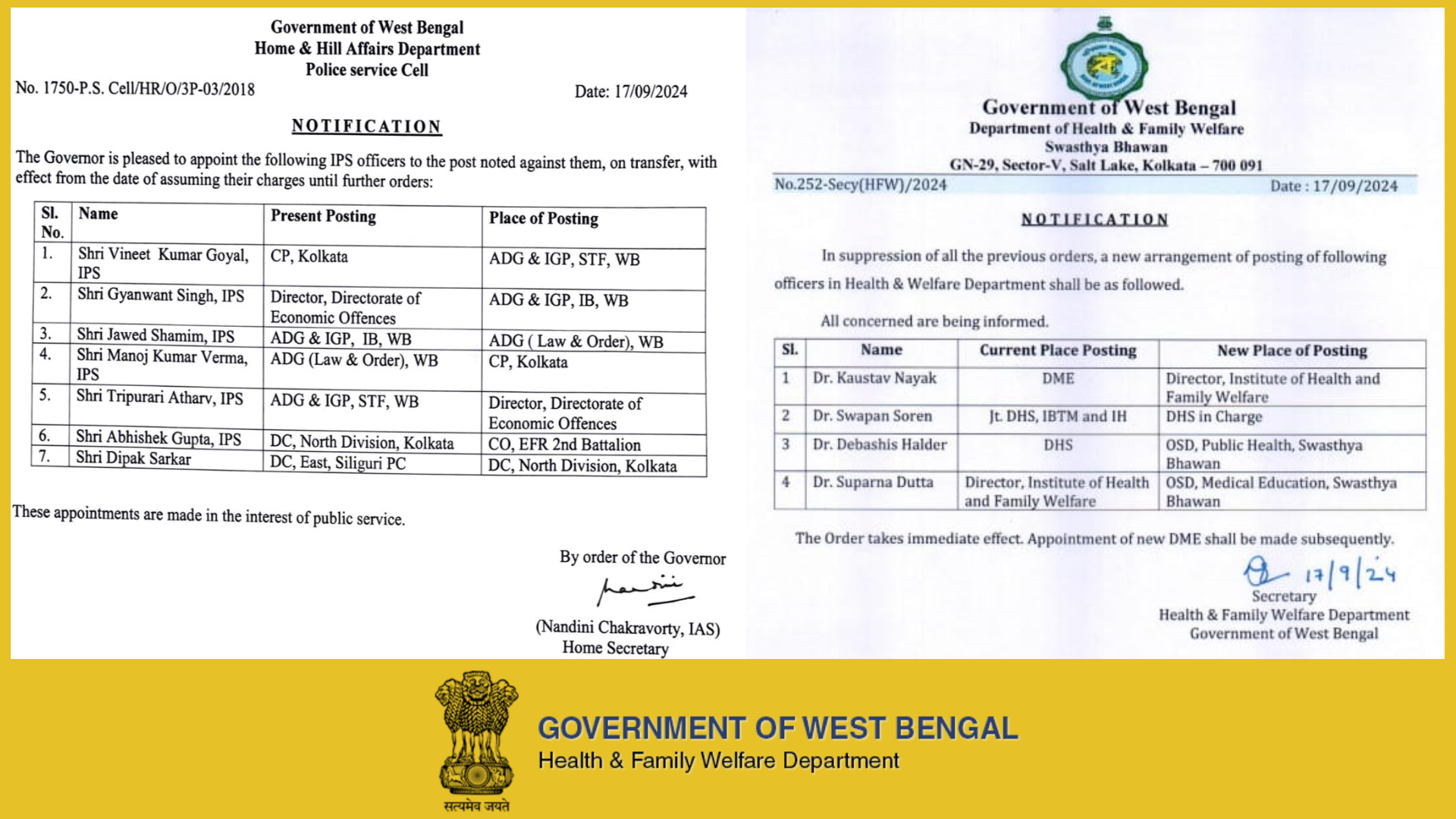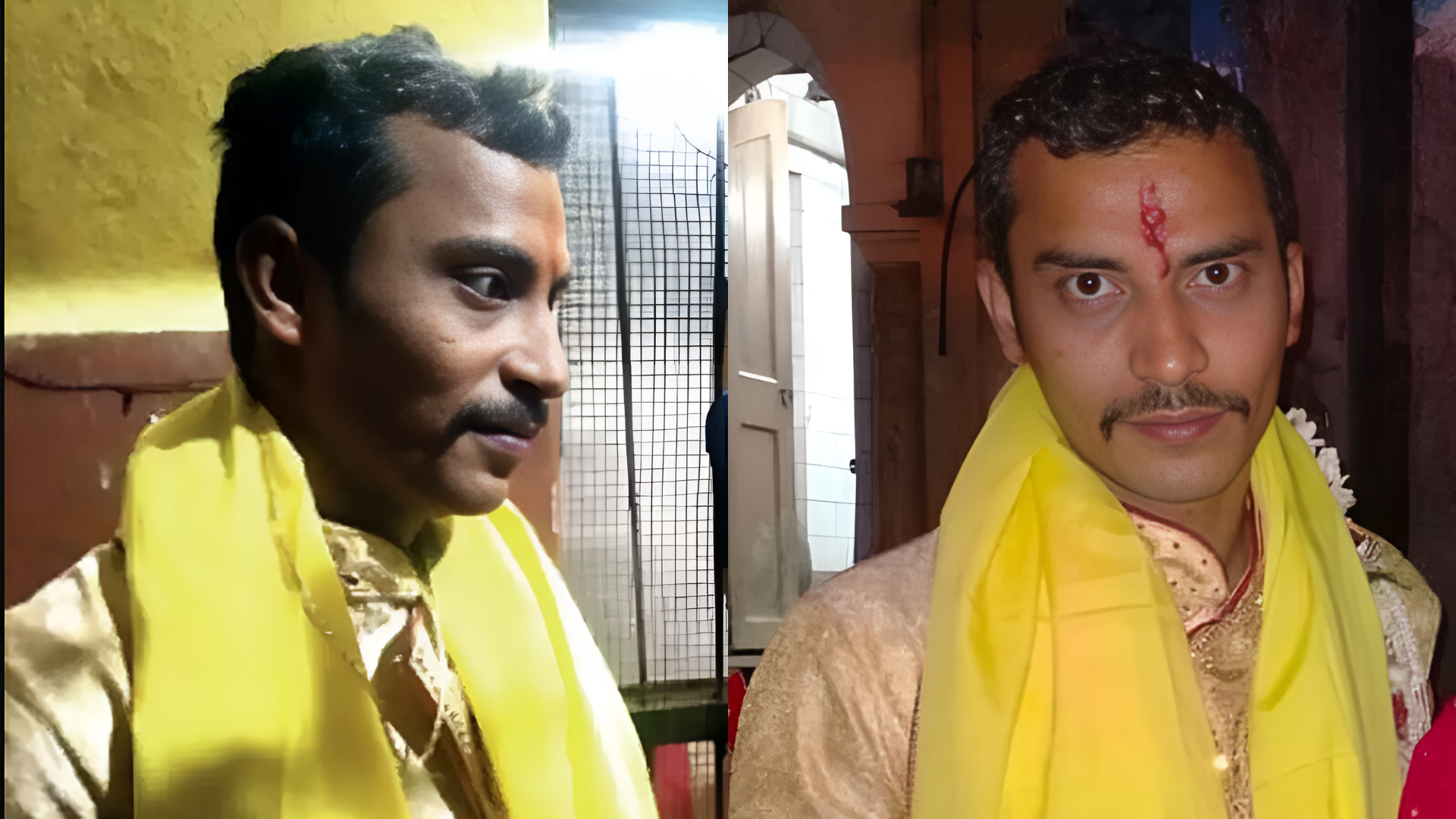The Puja economy of Bengal

The ‘creative economy’ that comes up around the week-long festival of Durga Puja is responsible for providing for the livelihoods of lakhs of people across Bengal, and equally importantly, creates social inclusion, cultural diversity and human development.
Durga Puja in Bengal is not just a festival, but an entire economy—a ‘creative economy’, so to say. The five-day celebrations provide livelihoods to lakhs of people.
The complex ‘creative economy’ includes sculptors (that is, the idol-makers), pandal-makers, electricians, lighting artistes, printers and publishers (‘pujobarshikis’ and other books and posters), advertisers, the retail and entertainment industries, and the food and beverages (F&B) sector (be it eating out or takeaway, the latter being much more prevalent now because of the pandemic), not to mention the informal F&B sector that is built around the thousands of pandal sites.
Equally important is the fact that the creative economy gets a big boost from the huge influx of visitors to all the cities in the state, though this factor plays out most prominently in Kolkata.
Unfortunately, the COVID-19 pandemic has been a big dampener. Last year, the government’s rules were very strict. This year, considering the lesser prevalence of COVID-19, there have been some official relaxations—for night travel, and restaurants and bars.
Kolkata has always had a large number of visitors during Durga Puja, be it people visiting relatives or coming for pandal-hopping from suburbs. Over the last several years, though, what has changed is the influx of tourists, both from outside the country and from other places in the country.
Largely as a result of this influx during ‘Sharodotsav’, as Durga Puja is popularly known as (being held during the season of sharat, according to the Bengali calendar), Bengal is now in the fifth spot in terms of domestic and international tourist arrivals, having overtaken Rajasthan.
As a consequence, tourism contributes 12.6 per cent of Bengal’s GDP, compared to 4 per cent of the national GDP.
The report, ‘Mapping the Creative Economy around Durga Puja 2019’, based on research commissioned by the British Council on behalf of Bengal’s Tourism Department, paints a detailed image of the huge economic spike that Durga Puja creates in the state.
The report estimates that “the economic worth of the creative industries” at this time “is Rs 32,377 crore (GBP 3.29 billion, USD 4.53 billion), which is the size of the economy of many smaller countries across the world”.
Further, despite being “just a weeklong festival”, Durga Puja accounts for 2.58 per cent of the state GDP.
For the participants of this ‘creative economy’, “[t]he livelihood generation based on just one festival in a year is noteworthy”. In fact, Durga Puja “is the sole source for earnings across the year for many families”.
A ‘creative economy’ contributes not just to livelihoods, but also social inclusion, cultural diversity and human development. Realising the importance of the ‘creative economy’ approach to festivals, UNESCO declared 2021 as the International Year of Creative Economy for Sustainable Development.







